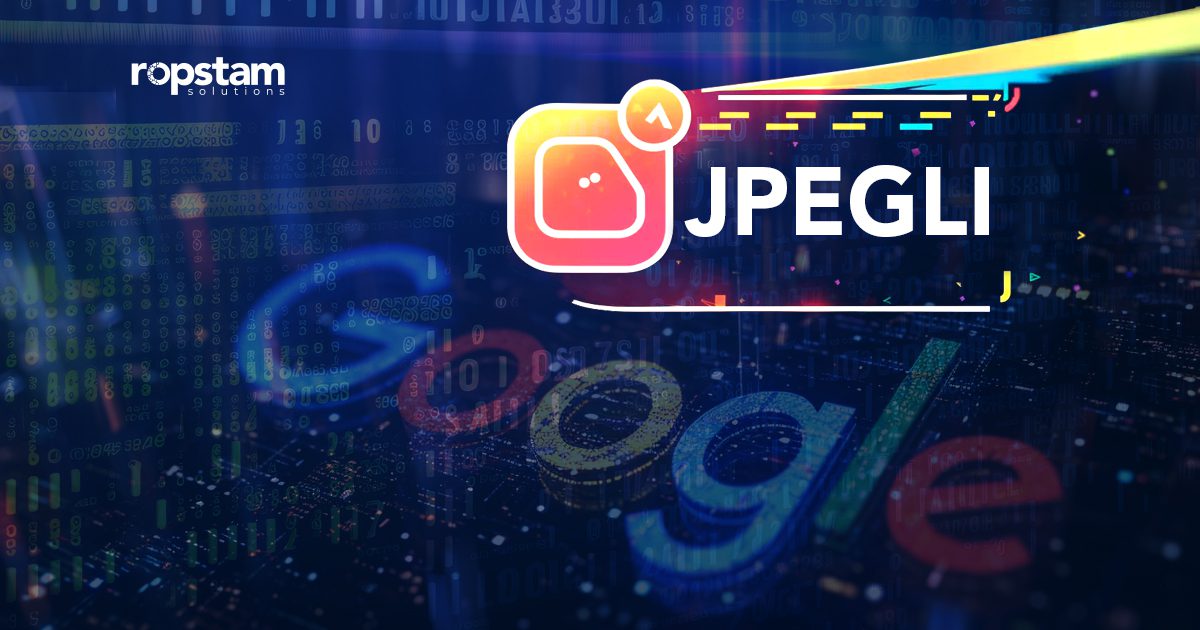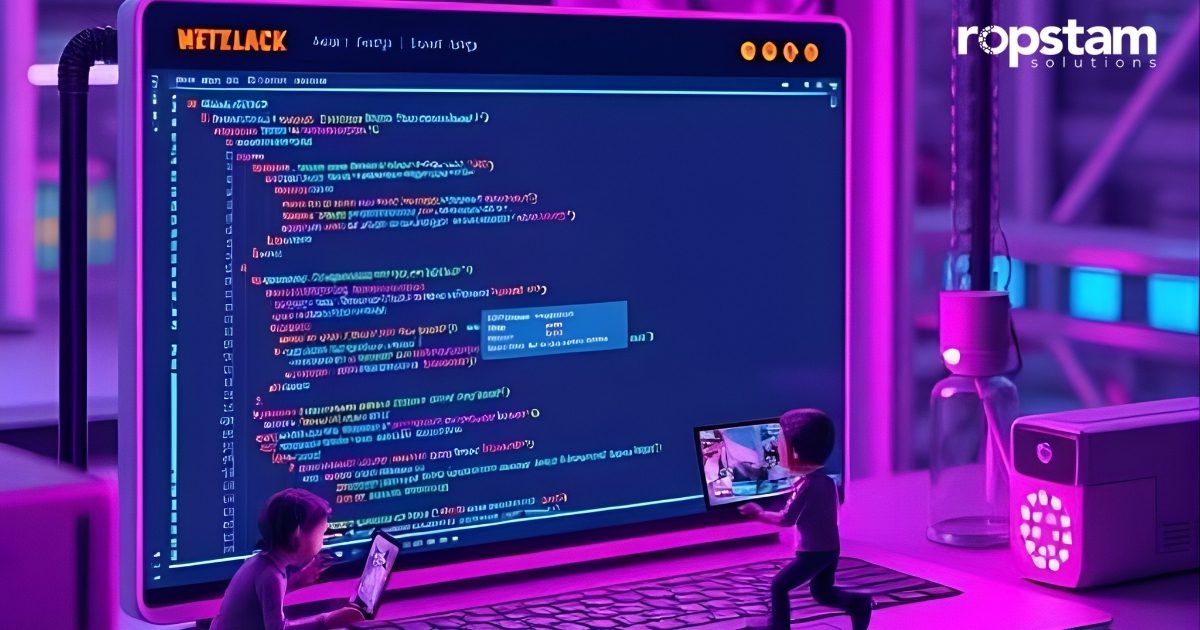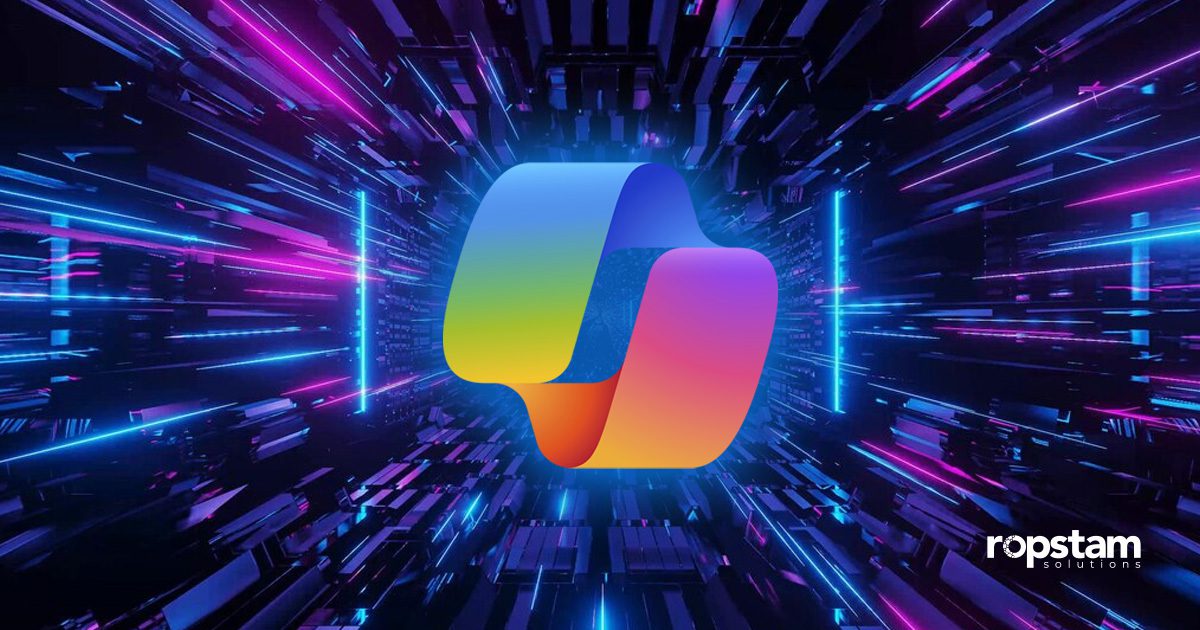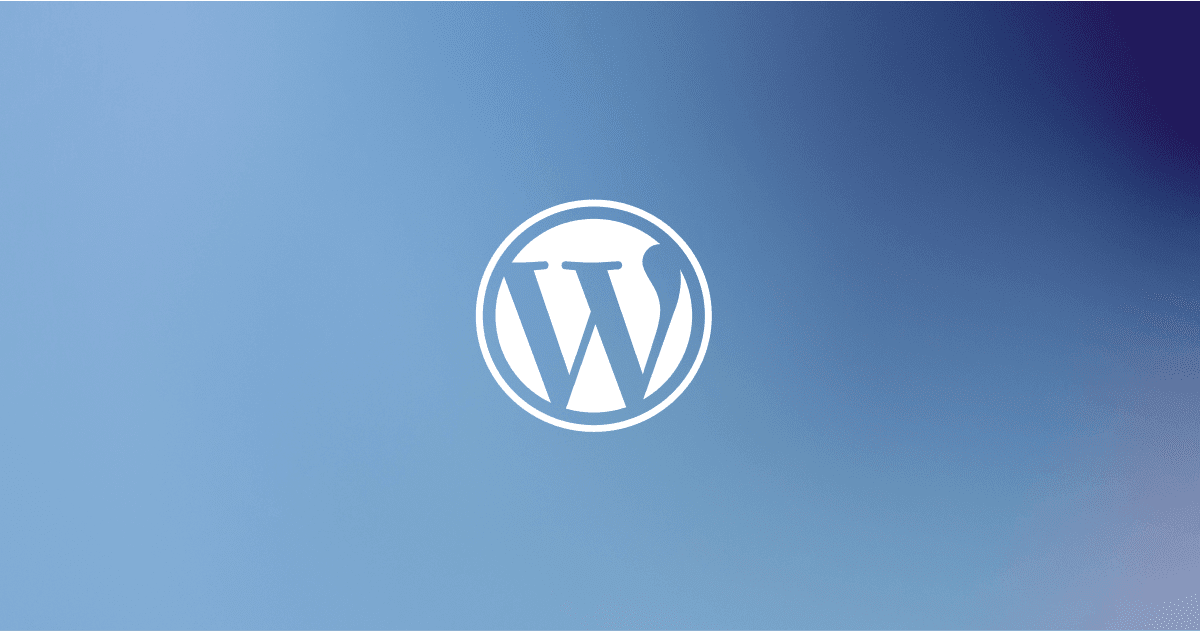In the ever-evolving digital landscape, where visuals play a pivotal role in capturing and retaining user attention, the importance of efficient image compression cannot be overstated. As a visual species, humans consume an overwhelming majority of online content through video, accounting for over 80% of all internet traffic. However, the unsung hero of the digital experience – the humble image – continues to hold its ground, efficiently complementing and enhancing the overall digital journey.
Recognizing the significance of optimizing image delivery, tech giants like Google have long been at the forefront of innovating in the image format realm. Google has now shifted its focus to refining the JPEG standard itself, introducing a groundbreaking new coding library – “Jpegli.”
Jpegli, a JPEG coding library encompassing both an encoder and a decoder, is designed to be fully compliant with the original JPEG standard and its 8-bit formalism. This ensures integration effortless with existing decoders, allowing for a truly drop-in replacement experience for users and developers alike.
The magic behind Jpegli lies in its innovative approach to image compression. According to Google’s press release, the library “uses adaptive quantization to reduce noise and improve image quality. This is done by spatially modulating the dead zone in quantization based on psychovisual modeling.” In layman’s terms, Jpegli employs advanced techniques to analyze and optimize the visual perception of the encoded image, resulting in a remarkable 35% reduction in file size compared to traditional JPEG codecs. Not to mention that the file quality is not compromised at all.
The benefits of this tool extend far beyond just file size savings. The library’s “more precise and psychovisually effective computations” result in images that appear clearer and exhibit fewer observable artifacts. Additionally, Jpegli supports 10+ bits per color component, compared to the standard 8 bits of traditional JPEG solutions, effectively reducing the occurrence of visible banding artifacts in gradients.
Notably, Jpegli’s performance is on par with other coding libraries, ensuring that the improved image quality and reduced file size do not come at the cost of increased computational resources or processing delays. This means that website owners, app developers, and content creators can integrate this tool into their workflows without sacrificing performance or user experience.
Google has taken a proactive approach by making the full Jpegli source code available on GitHub, allowing the developer community to explore, contribute, and potentially start incorporating this groundbreaking technology into their projects today.
As the technology continues to evolve at a breathtaking pace, the introduction of Jpegli represents a significant step forward in optimizing the visual experience for users while simultaneously reducing the burden on network infrastructure and data centers.
In conclusion, Google’s Jpegli library serves as a reminder of the company’s commitment to delivering innovative solutions that address the ever-growing demands of the digital world. By improving upon the famed JPEG standard, Jpegli promises to enhance the visual experience for users while driving down the costs associated with the massive consumption of online imagery.
References:
https://gagadget.com/en/432025-google-introduces-jpegli-a-new-jpeg-encoding-library/













